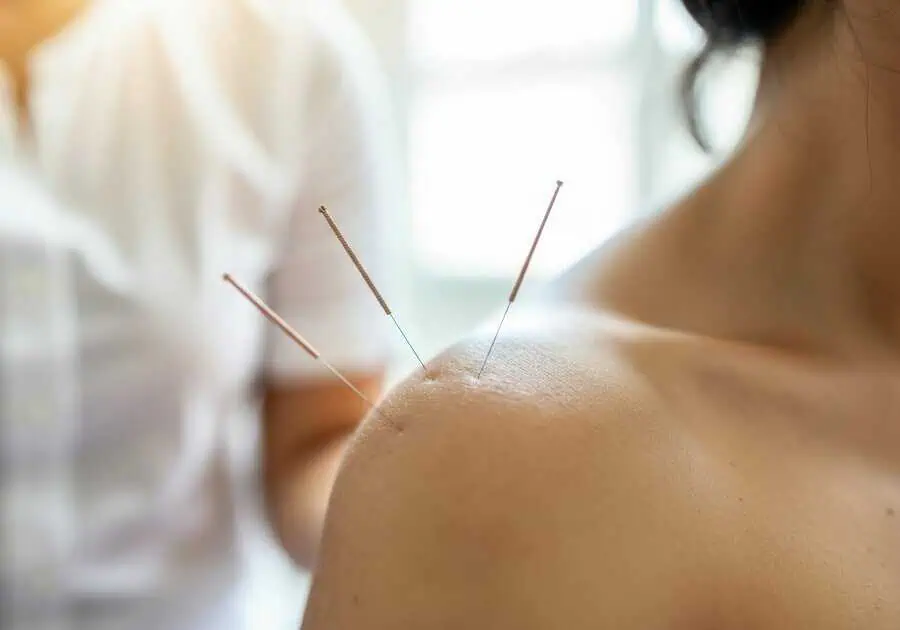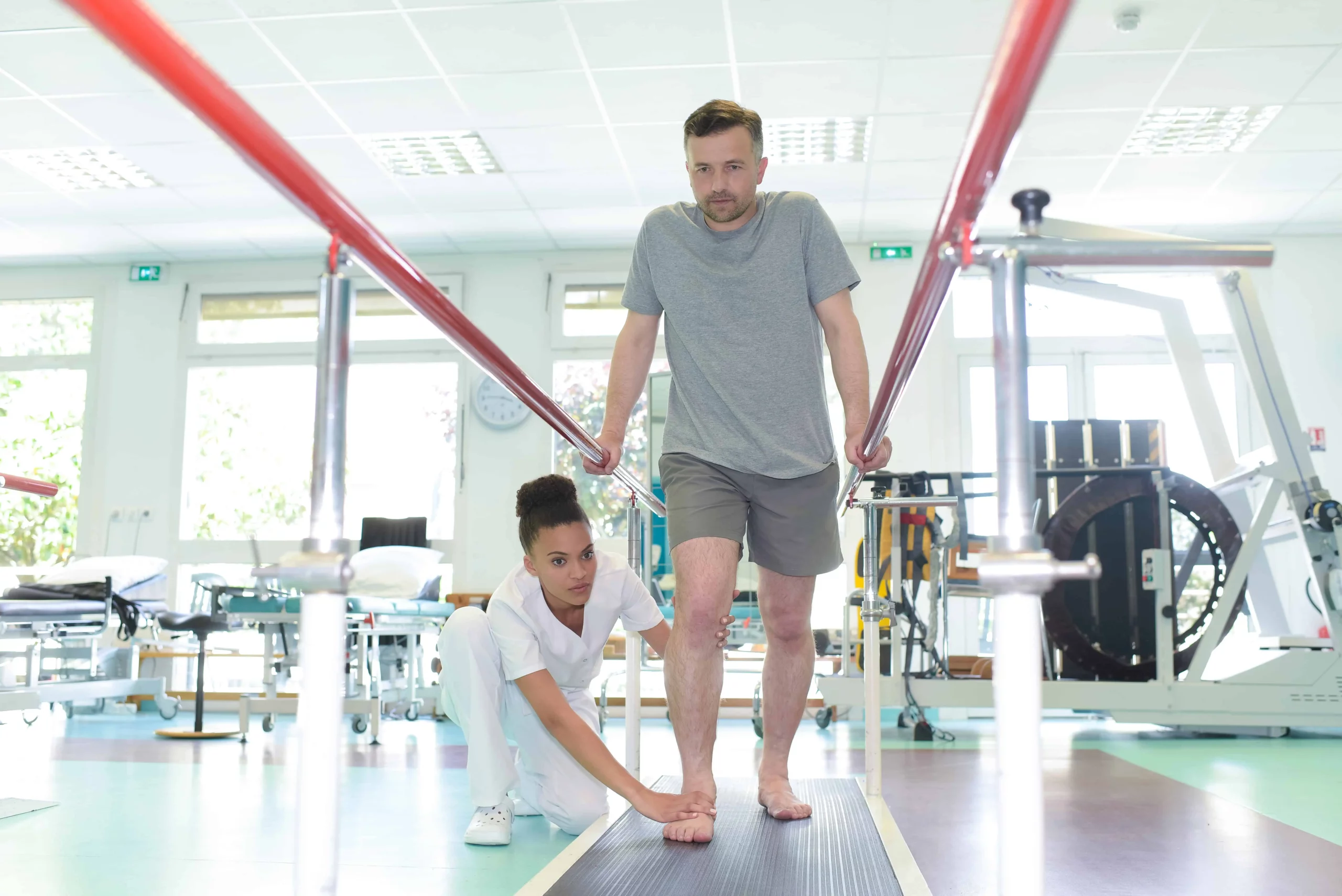Table of Contents
Introduction
The Graston Technique has emerged as a notable method for treating soft tissue injuries in physical therapy and rehabilitation. Known for its innovative approach using specialized stainless steel instruments, this technique has garnered attention for its effectiveness in enhancing the healing process. Let’s look into the Graston Technique, its methodology, benefits, and scientific evidence supporting its effectiveness.
Understanding the Graston Technique
Using specialized stainless steel instruments, the Graston Technique is a novel approach to manual therapy that helps patients with soft tissue disorders by providing instrument-assisted soft tissue mobilization (IASTM). By strategically applying these tools to the skin, therapists can identify and break down scar tissue and fascial restrictions, promoting healing and improving range of motion. This method is a useful tool in physical therapy and rehabilitation settings because it promotes the body’s natural healing processes and is especially beneficial in treating chronic pain, sports injuries, and post-surgical recovery.
The Science Behind the Technique
The Graston Technique is designed to stimulate the body’s natural healing processes. The application of the instruments in a specific manner encourages increased blood flow to the affected area, promoting the removal of cellular debris and facilitating the repair of soft tissue. Additionally, the technique has been shown to induce changes at the cellular level, including the activation of fibroblasts, which are crucial for the development of new, healthy collagen fibers.
Clinical Evidence and Effectiveness
The Graston Technique, recognized for its role in treating soft tissue injuries, has been supported by various studies highlighting its effectiveness in enhancing range of motion and reducing pain, especially in musculoskeletal conditions. Research published in journals such as the Journal of Chiropractic Medicine and the Journal of Orthopaedic & Sports Physical Therapy indicates significant improvements in conditions like plantar fasciitis when the technique is incorporated into treatment plans. However, the literature highlights the opportunity for more rigorous studies to deepen our understanding of the technique’s benefits and mechanisms of action, promising an exciting frontier for discovery and advancement.
Clinically, the Graston Technique is valued for its non-invasive approach to breaking down scar tissue and facilitating the healing process through controlled microtrauma and increased blood flow. This method, often used alongside conventional therapies, emphasizes the importance of a skilled practitioner and a personalized treatment strategy for optimal outcomes. Promising anecdotal evidence and preliminary research emphasize the technique’s potential, highlighting the need for larger, randomized controlled trials to establish its effectiveness and optimally guide its application in physical therapy and rehabilitation.
Benefits of the Graston Technique
The Graston Technique, a distinctive form of instrument-assisted soft tissue mobilization (IASTM), has been gaining popularity among healthcare professionals and patients alike for its numerous benefits in treating various soft tissue conditions. Here are some key benefits of the Graston Technique:
- Enhanced Healing Process: The Graston Technique stimulates the flow of blood to the targeted area, which is crucial for promoting the healing of tissues. Enhanced blood circulation facilitates the delivery of vital nutrients and oxygen, expediting the recuperation process.
- Reduction of Scar Tissue and Fascial Restrictions: The Graston Technique’s capacity to remove fascial constraints and scar tissue is one of its main benefits. Patients recuperating from surgeries, traumas, or long-term illnesses that result in the formation of scar tissue—which can impair movement and create discomfort—will especially benefit from this.
- Improved Range of Motion: Enhancing range of motion and flexibility, the Graston Technique works by releasing adhesions and constraints in the soft tissues. Those who are athletes or trying to maintain or enhance their physical performance may find this especially helpful.
- Decreased Pain: Many patients report a significant reduction in pain following Graston Technique treatments. This is explained by the decrease in inflammation and the disintegration of scar tissue, both of which frequently aggravate pain.
- Non-Invasive Treatment: Unlike some interventions that require surgical procedures, the Graston Technique is non-invasive. This makes it an appealing option for those looking for alternative treatments to avoid the risks and recovery time associated with surgery.
- Increased Patient Awareness: The Graston Technique can increase patients’ awareness of their body by highlighting areas of tension and restriction they might not have been previously aware of. This awareness can be instrumental in addressing long-standing issues and preventing future injuries.
- Shorter Recovery Time: Patients often experience quicker recovery times with the Graston Technique compared to traditional treatments. This is due to its effectiveness in mobilizing soft tissues and enhancing the body’s natural healing processes.
- Can Be Combined with Other Therapies: The Graston Technique complements other treatment modalities such as physical therapy exercises, chiropractic care, and massage therapy. This integrative approach can enhance overall treatment effectiveness and promote holistic healing.
- Detects and Treats Issues Early: The Graston Technique can help identify and treat soft tissue dysfunctions before they develop into chronic problems. The need for more invasive therapies can be decreased and illnesses can be stopped from progressing with early detection and treatment.
When used in conjunction with a thorough treatment plan, the Graston Technique can be highly beneficial for people with various soft tissue disorders or injuries. To be sure the Graston Technique is the best course of action for their unique needs, patients should speak with medical professionals who have received training in the technique.
Is the Graston Technique Right for You?
Deciding if the Graston Technique is the right treatment option for you involves considering several factors about your health condition, treatment goals, and overall approach to rehabilitation. Here’s what to consider to determine if the Graston Technique might be a good fit:
Your Condition
- Soft Tissue Injuries: The Graston Technique is specifically designed for soft tissue conditions. It’s particularly effective for conditions like tendinitis, sprains, muscle strains, and scar tissue buildup.
- Chronic Pain and Mobility Issues: The Graston Technique can help relieve chronic pain and enhance functional movement if scar tissue or fascial constraints prevent you from moving around freely.
Your Treatment Goals
- Pain Reduction: If reducing pain without the use of medications or surgery is a priority, the Graston Technique can be a viable option.
- Improved Mobility: For those looking to improve flexibility and range of motion, this technique has proven beneficial in breaking down barriers to movement.
- Faster Recovery: Individuals seeking a quicker recovery process from injuries may find the Graston Technique to accelerate their return to normal activities or sports.
Considerations
- Non-Invasive Preference: If you prefer non-invasive treatment methods, the Graston Technique fits this criterion by using specialized instruments to mobilize soft tissues without the need for surgery.
- Integration with Other Therapies: Consider whether you’re open to combining the Graston Technique with other treatments such as physical therapy, chiropractic adjustments, or rehabilitation exercises for a comprehensive approach.
Consultation with a Healthcare Professional
Before deciding, it’s crucial to consult with a healthcare professional trained in the Graston Technique. They are able to evaluate your unique circumstances and provide advice on whether this method is appropriate for you based on the following:
- Your medical history
- The nature and severity of your condition
- Your overall health and any contraindications that might exist
Contraindications
While the Graston Technique is safe for many people, there are certain conditions where it might not be recommended, such as in areas of the body where there’s a fracture, an open wound, or a malignancy. Consult a practitioner to discuss your medical history, health condition, goals, and preferences, and seek professional guidance for the appropriate treatment. By taking a considered approach, you can make an informed decision about incorporating the Graston Technique into your treatment plan.
Conclusion
The Graston Technique is a groundbreaking treatment for soft tissue injuries, offering pain relief and improved physical function due to its unique approach and growing evidence. Hudson Premier PT & Sports provides the Graston Technique System, a non-invasive approach using special instruments to treat all soft tissue injuries, effectively breaking down scar tissue and improving range of motion with a focus on patient comfort. Experience the revolutionary Graston Technique System at Hudson Premier PT & Sports, where innovative tools and skilled therapists combine to effectively treat soft tissue injuries, rejuvenating your mobility and quality of life with exceptional comfort and speed.







